Mazda will become the first major car maker to introduce a compression- ignition petrol engine — and the firm believes it could be cleaner than pure-electric power over its lifecycle.
The pursuit of this technology sets the Japanese manufacturer apart from other car companies that
 are focusing their efforts on improving hybrid and pure- electric systems to make their vehicles cleaner. However, Mazda officials insist they aren’t deliberately following an alternate path.
Our drive in a prototype Mazda 3 Skyactiv-X 2019

“We never want to be different,” Hidetoshi Kudo, Mazda’s head of product strategy, told Autocar. “We just want to do the right thing. As a result, we are different. But it’s not on purpose.”
The direction taken by Mazda has been shaped by the philosophy it has adopted as a far smaller company than many of its rivals. With limited resources, Mazda has been forced to sharpen the focus of its R&D activities.
The first step came in 2005, when Mazda unveiled a road map to ideal combustion, identifying seven development areas it believed would lead to the most efficient petrol and diesel engines possible.


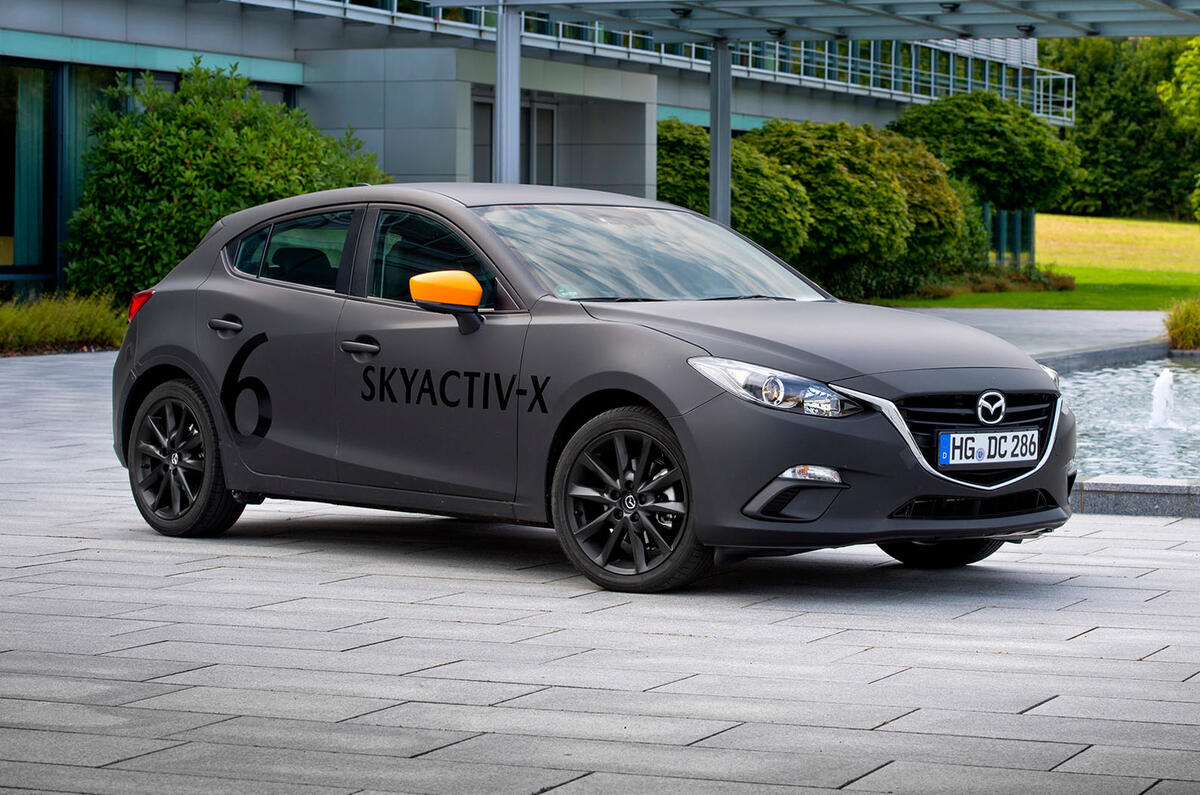
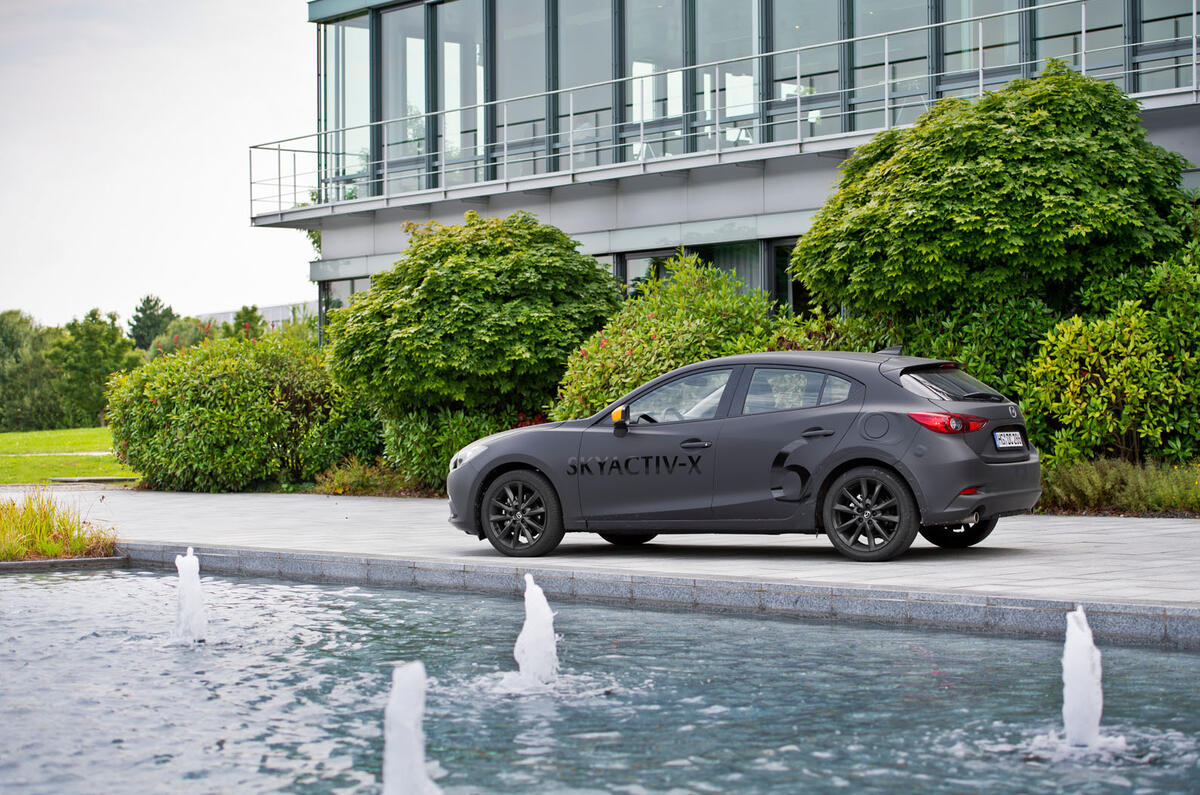
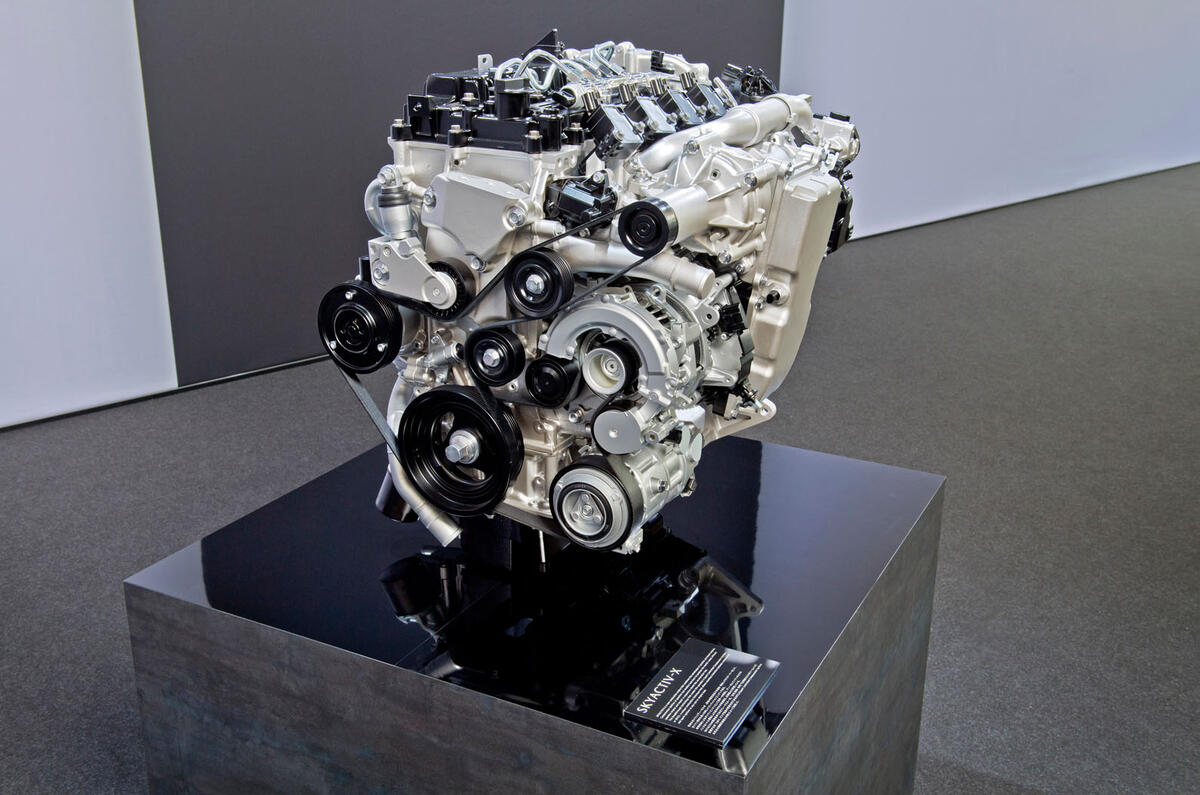
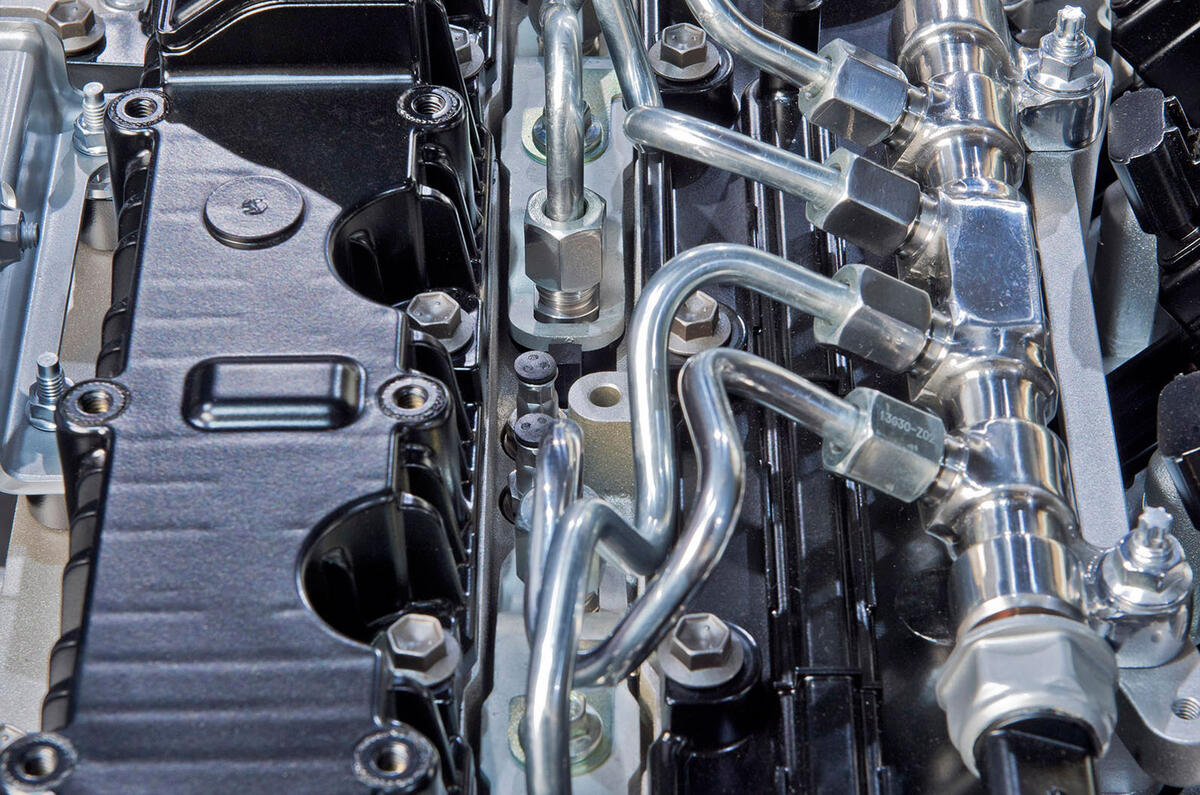

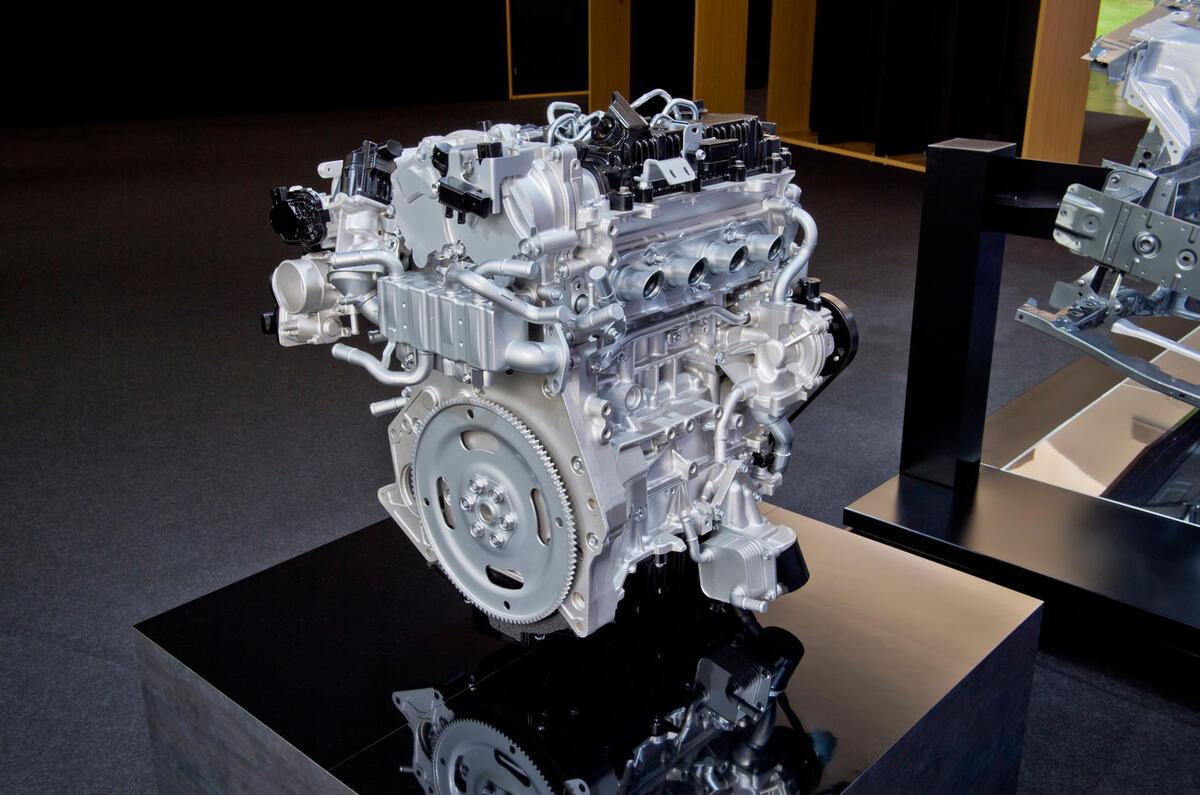













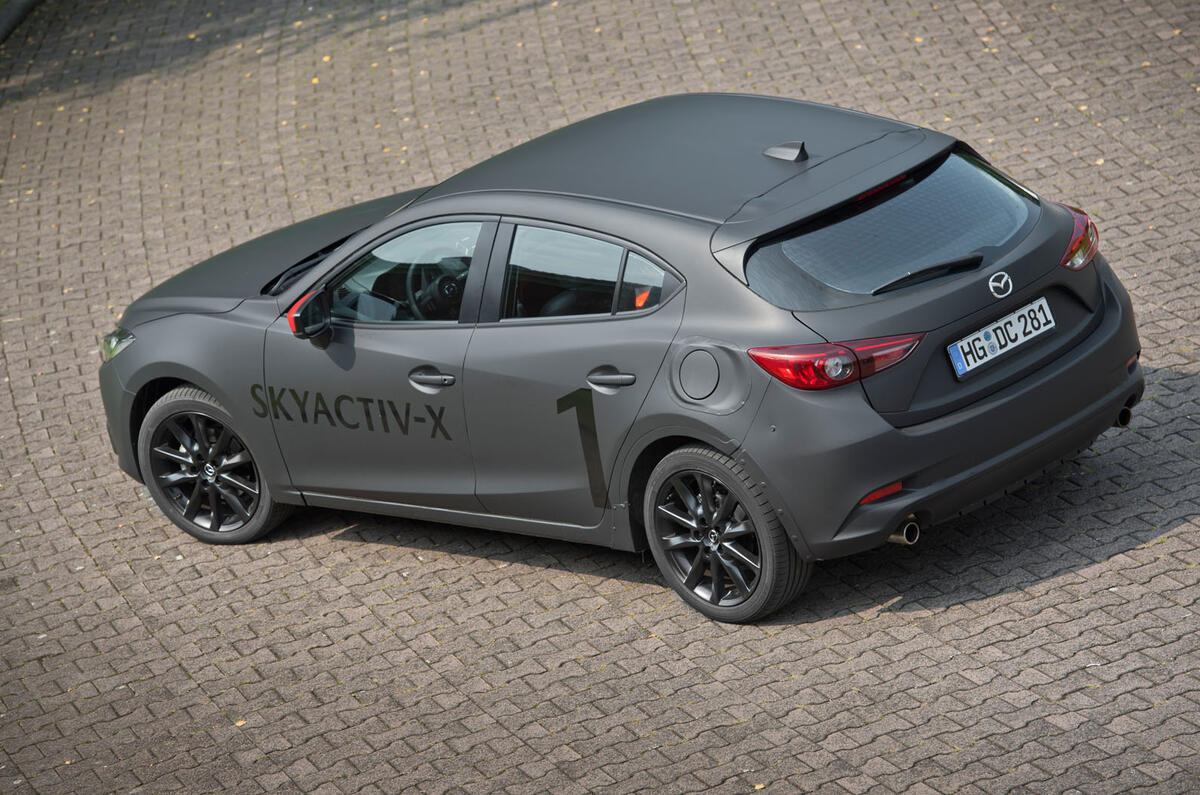






















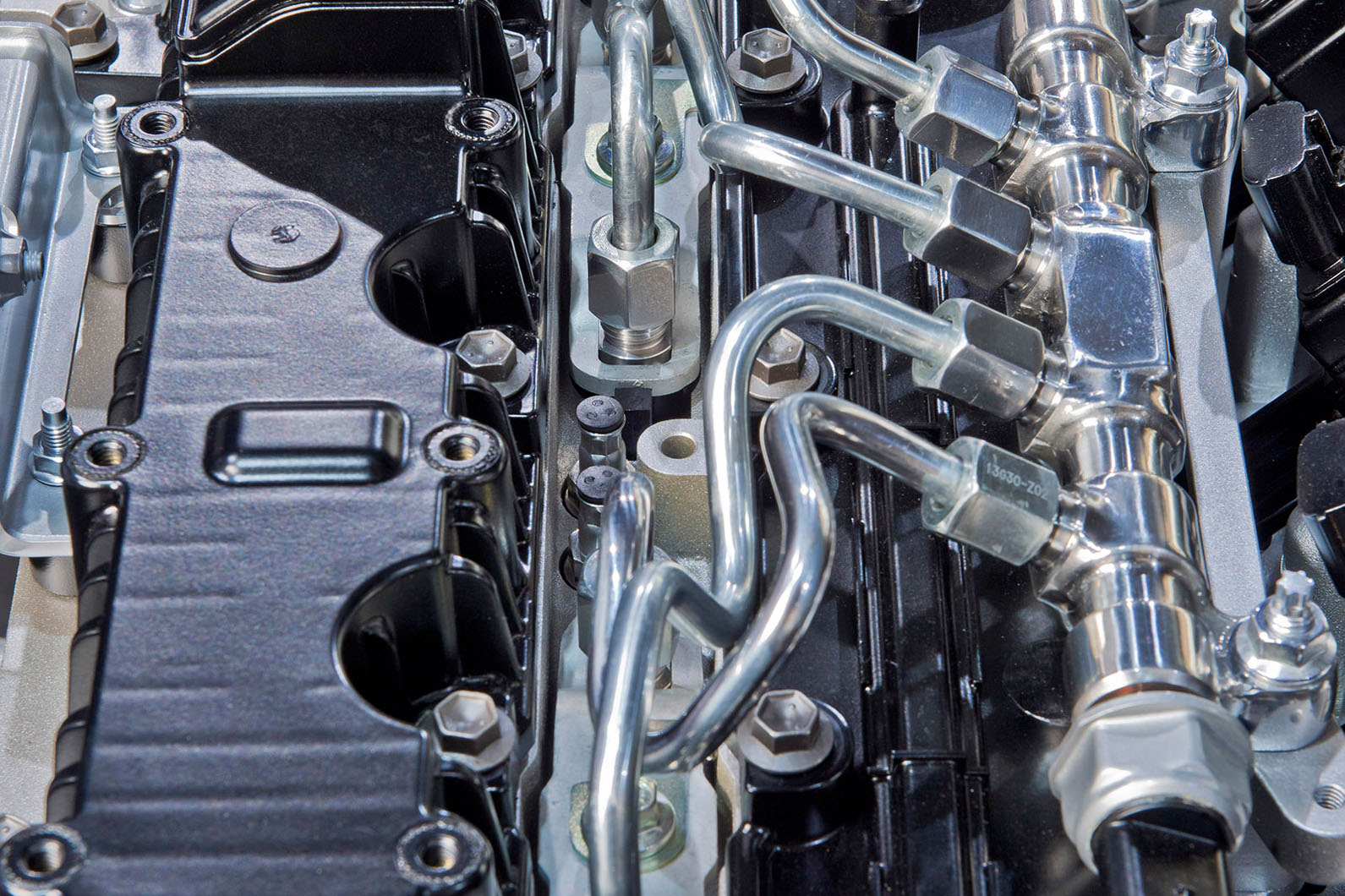







Join the debate
Add your comment
Thank You Mazda
Yes I have had two excellent Maxda 6 and loved every kilometer - trouble free and a pleasure. Reading this gives me some hope that we petrol heads will not suffer withdrawal symptoms as all those battery packs contaminating the planet and the fast depletion of the special resources diminish to zero.
This option is great - I still believe in Hydrogen, but right now governments, after pushing diesels down our throats, are now pushing electric up ours asses. So we know who is behind all this bull. Finally we might get to hydrogen!
Exhaust emission characteristics
Tell us about the particulate emissions produced by this engine when it is operating in compression ignition mode.
Tell us about the type of particles - What are they? How small are particles? What effects will they have on the environment, atmosphere, people, animals, plants, crops etc?